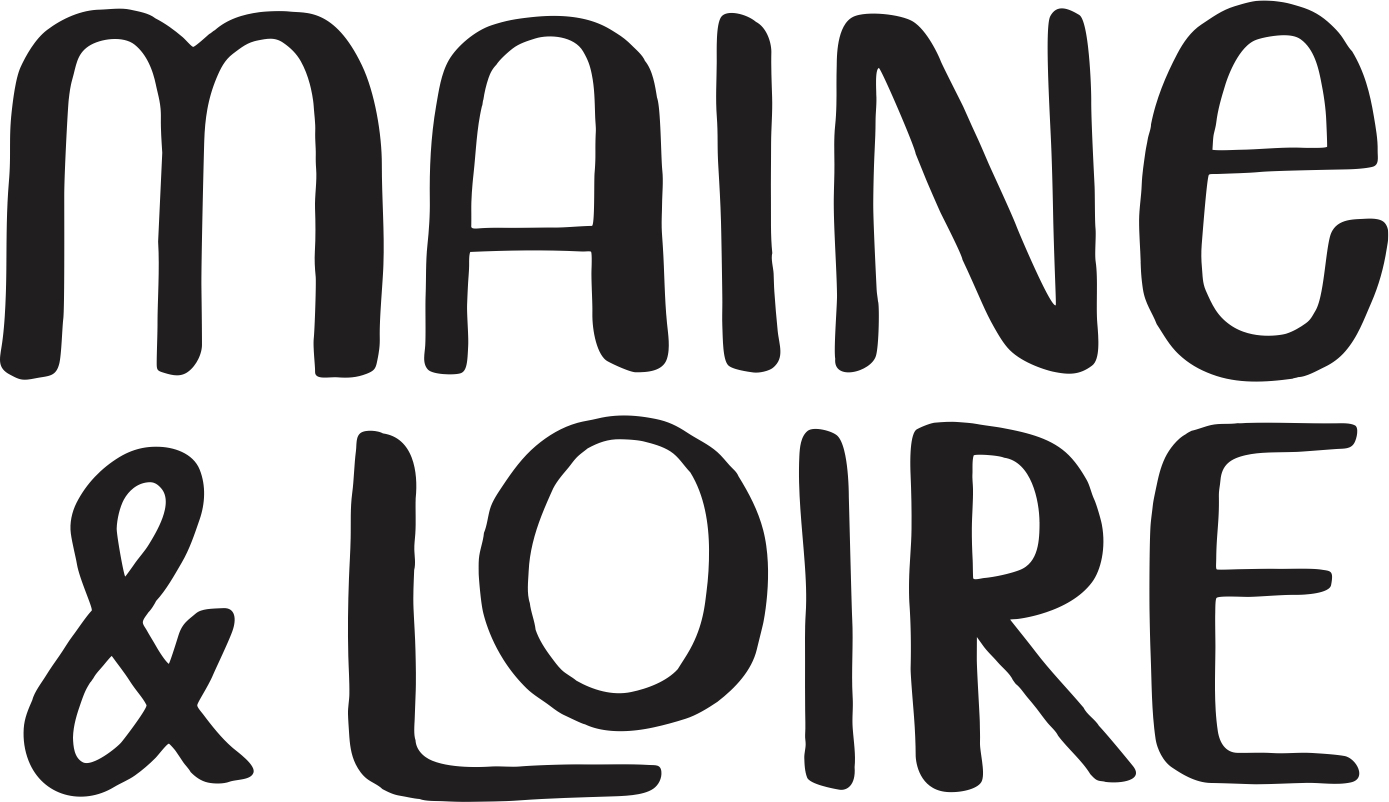Famille Percher Cheverny Blanc 2019
Location: France, Loire, Cheverny
Winemaker: Luc Percher
Grapes: Sauvignon Blanc, Menu Pineau
Soil: Clay, limestone, sand
Winemaking: Indigenous yeasts. Direct-pressed, temperatures are low and controlled
Aging: In stainless steel on the lees. No
fining or filtering.
From the Importer Super Glou: ‘Cheverny’ Blanc is a 60/40 blend of Sauvignon Blanc and Menu Pineau from sandy clay-limestone soils. Fermentation with indigenous yeasts, Elevage in stainless steel cuves on the fine lees. Expressive and floral, without sacrificing its delicacy.
It’s a typically brisk winter morning en route to Cheverny, accentuating the lushness of the Loire Valley’s gentle, rolling green hills layered under a silken blanket of fog. There has undoubtedly been a fair amount of rain, evident in how soft the clay and sand feels beneath our feet. Contrary to the picturesque and predictable density of vines elsewhere in the Loire, this area feels much more sparse. We aren’t sure what to expect from the place. It has the allure of a mystery hiding in plain sight.
The slight chill in the air is no match for the warmth exuded by Luc Percher, who stands to greet us in front of his family’s home. He speaks gently, as if wary to disturb the starlings roosting in a nearby oak tree. With a wry smile and kind eyes, he wastes no time in ushering us from the car into a parcel called “La Marigonnerie,” directly adjacent to the winery. This parcel, in Napoleon times, was a pond. Though the region sits on a bed of limestone sprinkled with granitic sand, this particular parcel is largely clay, because it’s clay that retains water. After the pond dried up, the first thing to be planted here was Romorantin, which today is about 120 years old, and you can taste it if you take a sip of Luc’s Cour-Cheverny.
Luc began making wine here in 2005, caring for these vines like they were his adopted children. “When I got here, the sand was really as white as a beach,” he tells us. Now the sandy soils are covered in grasses and other vegetation that Luc allows to flourish between the rows. The vines, planted haphazardly almost forty years ago, have gnarled and twisted themselves into peculiar poses. He shows how the weight of the grapes, in the vines’ infancy, pulled them around in such a way that harvesting by machine would become impossible. Not a problem for Luc, who tells us that he loves basking in the tranquility of this particular parcel as he works it by hand, flanked on either side by smatterings of wispy trees and an expansive horizon-line. “Quiet. I love it because it’s got a good ambiance,” he muses.
He motions to a large ventilator, tasked with moving warmer air through his parcels on particularly cold nights. Frost is an issue here, one that seems to be occurring increasingly later in the growing season, with catastrophic results. Luc is cautious but light-hearted in his optimism. He’s just as quick to joke that the ventilator doubles as a ‘spa’ for the nearby cattle, pointing to the series of cables he’s used to retrofit the absurdly large machine so it can produce mist. He quips that on particularly warm days, he likes to cool off in front of the mist just as much as the cows. It’s like Back to the Future — but for climate change.
Working in Cour-Cheverny requires patience and humility, which Luc has in spades. The work he does day after day is a commitment to preserve this “biological heritage” and, fittingly, his wines contain multitudes: the joy, the hardship, the restraint, the nuance. Their purity of place is undoubtable, yet they sing of Luc’s energy, his playfulness and his resilience.

